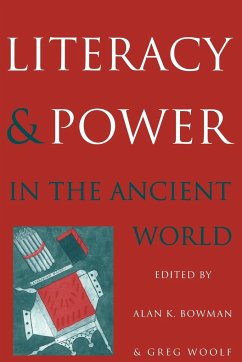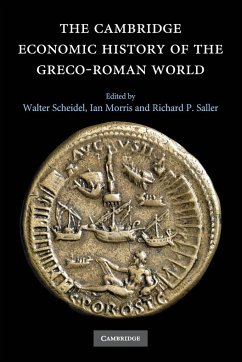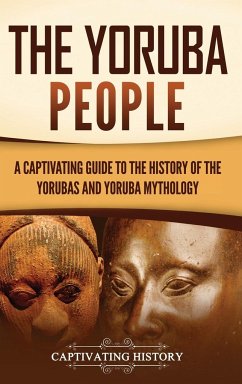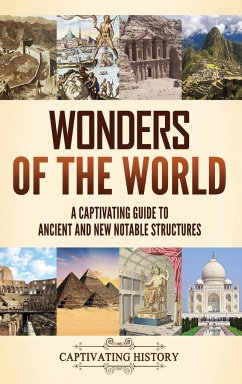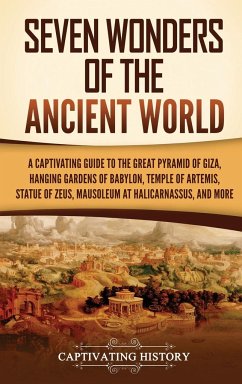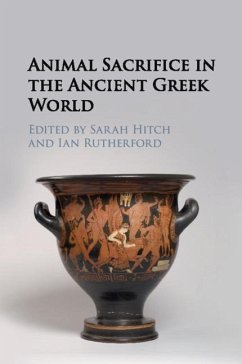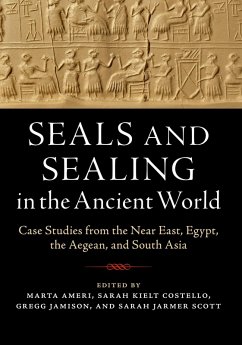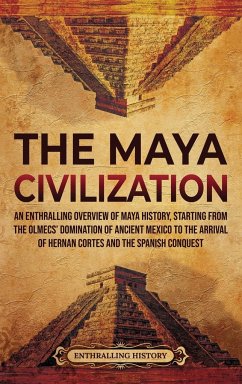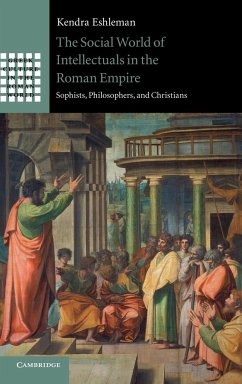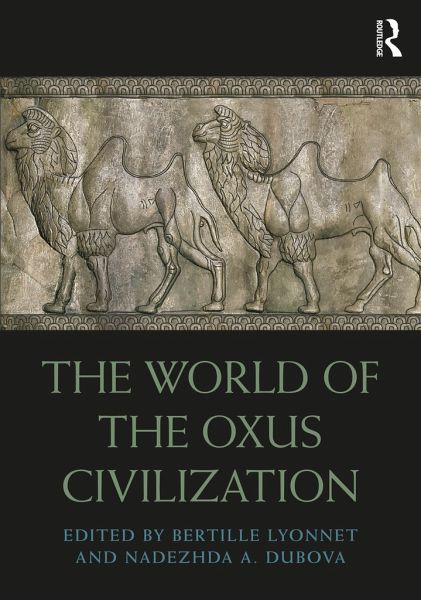
Gebundenes Buch
The World of the Oxus Civilization
Versandkostenfrei!
Versandfertig in 1-2 Wochen

PAYBACK Punkte
132 °P sammeln!




This collection of essays presents a synthesis of current research on the Oxus Civilization, which rose and developed at the turn of the 3rd to 2nd millennia BC in Central Asia.
Bertille Lyonnet is Directrice de Recherches Emeritus at the French National Center for Scientific Research (CNRS), Paris, as an archaeologist. She has worked in Central Asia (Afghanistan, Tadjikistan, and Uzbekistan), northeastern Syria, the northern Caucasus, and Azerbaijan. A specialist in ceramics, she has always shown a particular interest in the interrelations between the different areas of the world where she has worked. She is the author of several books and over 150 articles. Nadezhda A. Dubova is a main researcher and head of the Center of Human Ecology at the Institute of Ethnology and Anthropology (IEA) of the Russian Academy of Sciences, Moscow, Russia. She was the head and/or a member of more than 60 physical anthropological and archaeological expeditions in Russia, Central Asia, Iran, and the Moldova Republic. She now heads the International Russian-Turkmen Margiana archaeological expedition. She gives lectures at different universities (Lomonosov Moscow, Ufa (Bashkortostan), Voronezh, South Kazakhstan (Shimkent), and Bern (Switzerland)). She is the author and editor of more than 400 publications on physical anthropology, human ecology, Eurasian archaeology, and theoretic problems of anthropology.
Produktdetails
- Verlag: Routledge
- Seitenzahl: 966
- Erscheinungstermin: 18. November 2020
- Englisch
- Abmessung: 235mm x 157mm x 56mm
- Gewicht: 1520g
- ISBN-13: 9781138722873
- ISBN-10: 1138722871
- Artikelnr.: 60012823
Herstellerkennzeichnung
Libri GmbH
Europaallee 1
36244 Bad Hersfeld
gpsr@libri.de
Für dieses Produkt wurde noch keine Bewertung abgegeben. Wir würden uns sehr freuen, wenn du die erste Bewertung schreibst!
Eine Bewertung schreiben
Eine Bewertung schreiben
Andere Kunden interessierten sich für




